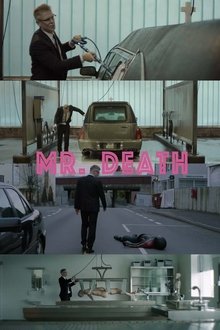This highway scare film produced by the Highway Safety Foundation in 1971, "Decade of Death", is a retrospective of the organization's 10 years of gory, shocking social guidance films which aimed to promote traffic safety and driver responsibility through the display of bloody and horrific footage of traffic crashes.The Highway Safety Foundation made driver scare films such as "Signal 30," "Mechanized Death," and "Highways of Agony" that intended to encourage drivers to drive responsibly and with consideration of the risks and consequences. It was the organization's belief that crash footage, while horrific, was the best way to convey the importance of driving safely.
Related Movies
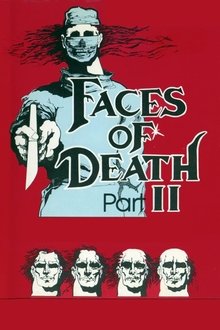
Faces of Death II (1981)
Brief scenes of death related material: mortuaries, accidents and police work are filmed by TV crews and home video cameras. Some of it is most likely fake, some not as much.

Your Inbox Is Full (2020)
The 3rd installment in James A. Burkhalter's QUEER ROOTS trilogy: After years of his mother begging him to do it, James decides to finally review and erase 10 years' worth of phone messages. It tells the story of James' "roaring twenties," constructed solely through the voices of friends, family, and lovers.

Life or Death - EMT First Responders (1973)
This somewhat bizarre film about Emergency Medical Technicians or EMTs was produced and distributed by Film Commutators in Hollywood, California. The film dates to a time when ambulance crews were being replaced by paramedics / EMTs, who had sufficient training to make medical decisions and give on-scene care. The film makes a strong argument to decision makers in favor of upgrading from mere ambulance drivers to EMTs.

Le Mans 55, une tragédie française (2024)
The Le Mans race in 1955 made history through tragedy when more than 80 spectators were killed. Uncover the story of the crash that took the lives of so many and, to this day, looms over the world of motorsports.
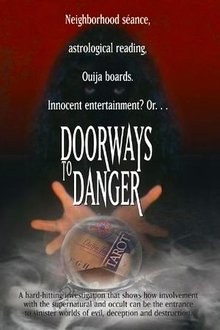
Doorways To Danger (1990)
Dabbling in the occult is widespread and often thought of as harmless entertainment. But this video shows why it is dangerous to get involved with spiritism, fortune telling, witchcraft, magic, and Satanism. The program introduces the real life stories of those who have been involved in these activities and shows the way out based upon a Biblical perspective.
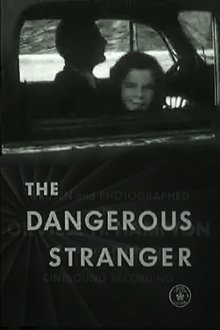
The Dangerous Stranger (1950)
In this film, a police officer tells children about the dangers of accepting rides or presents from strangers, and relates the unfortunate stories of several children who did and were never seen again.

America's Dangerous Trucks (2023)
Investigating deadly truck accidents and the fight over measures that could save lives.

Dead on Their Feet (1958)
A road safety film for pedestrians in city traffic. Demonstrates typical unsafe practices.

Suicide Trail (1960)
Shot with a big cowboy nod to the Western genre, this road safety film shows the danger of speeding on an unknown country road at night.
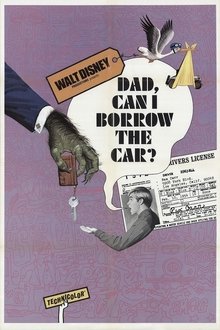
Dad... Can I Borrow the Car? (1970)
A live-action short, using many avant-garde film techniques, that looks at American car culture in the late 1960s. The main section deals with the many trials and obstacles a teenager must face on the path to being able to drive. Surviving the driver's education class is only the first step, as the teenager must then pass his driving test, and then finally get permission to borrow the family car.
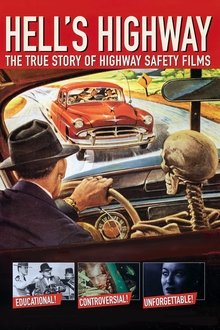
Hell's Highway: The True Story of Highway Safety Films (2003)
This film covers the early history of post World War II educational films, especially those involving traffic safety by the Highway Safety Foundation under direction of Richard Wayman. In the name of promoting safe driving in teenagers, these films became notorious for their gory depiction of accidents to shock their audiences to make their point. The film also covers the role of safety films of this era, their effect on North American teenage culture, the struggle between idealism and lurid exploitation and how they reflected the larger society concerns of the time that adults projected onto their youth.

It Might Be You (1946)
A doctor talks about the number of injuries and deaths resulting from automobile accidents.

Mance (2008)
The tragic story of Dragan Mance, a promising football star of FC Partizan Belgrade who died in a car accident at the age of 23.

David And Jennifer Learn Their Kerb Drill (1960)
A road safety lesson using puppets and animation kindergarten age children.

Dear Brother (2019)
Markus Becker is hit by a car, dragged along, his head bashed on a curb and he falls into a coma. The doctors don’t believe that the 45-year-old will survive the next five to ten days. His father makes preparations for the funeral. Markus’ brother Michael refuses to accept this fate and begins an extraordinary battle. In his brother’s apartment he seals Markus’ clothes to preserve the smell. He records the neighbors’ voices. Every day, Michael exposes his brother to things that are familiar and films everything that is part of Markus’ life with a DV camera. He wants to keep him in his world and to bring this world to his bedside. He documents every step of Markus’ development, risking his own life in the process, wishing that his brother will one day regain the ability to lead a normal life. This full-length documentary accompanies Michael Becker for 10 years on his unwavering and creative mission to bring his brother Markus back to life.
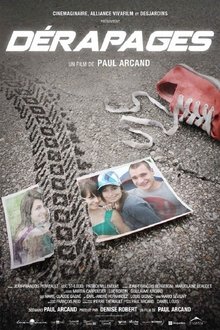
Driving to the Edge (2012)
Between 2007 and 2011, 725 Quebecers aged 16 to 24 were killed in car accidents. Excessive speed and alcohol were involved in half of these deaths. To try to understand what is going on in these young drivers' heads when they get behind the wheel, host and documentary filmmaker Paul Arcand met with some of them. On one hand, he gives a voice to these young people who love driving fast. On the other hand, he provides a forum for two accident victims who were injured both physically and psychologically. Finally, the director meets the mother of little Bianca Leduc, who was killed by a drunk driver while she was in the care of her babysitter, and the parents of Michael Borduas, 23, who is severely disabled from an accident.
